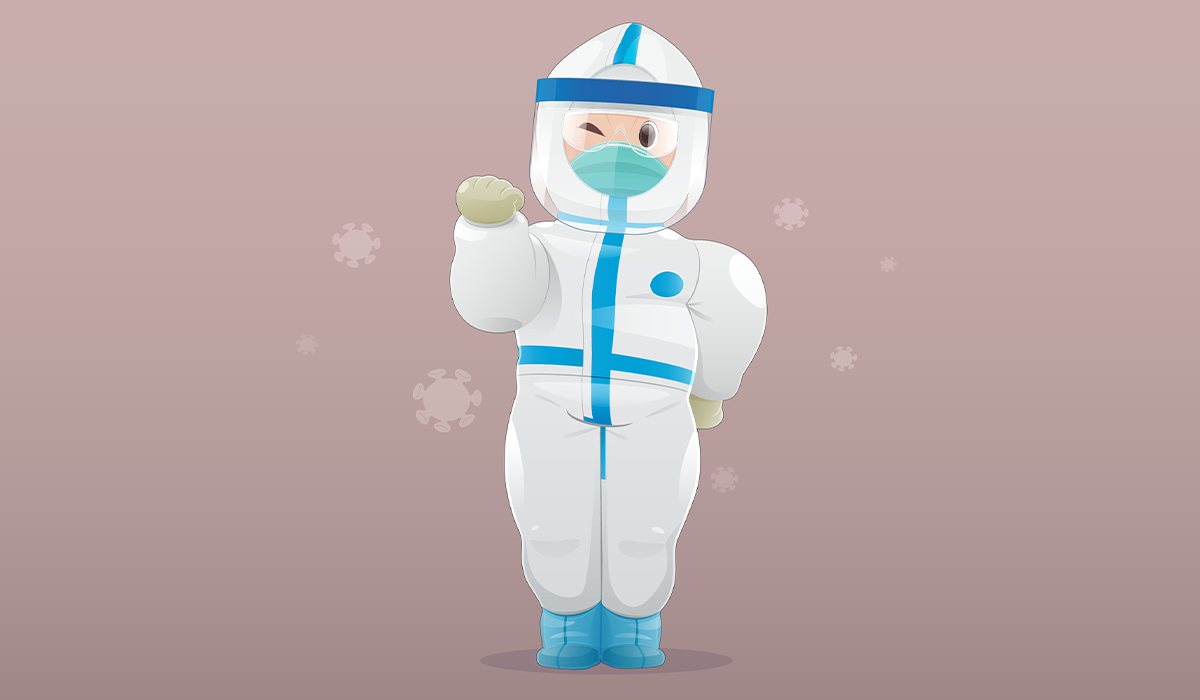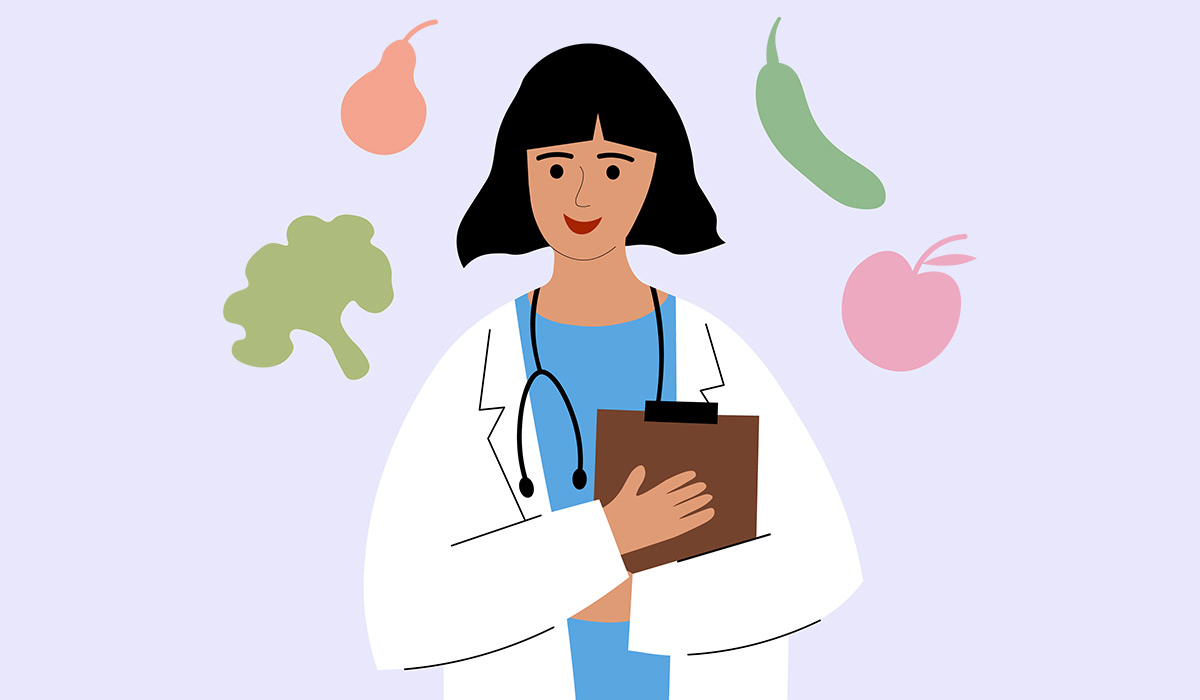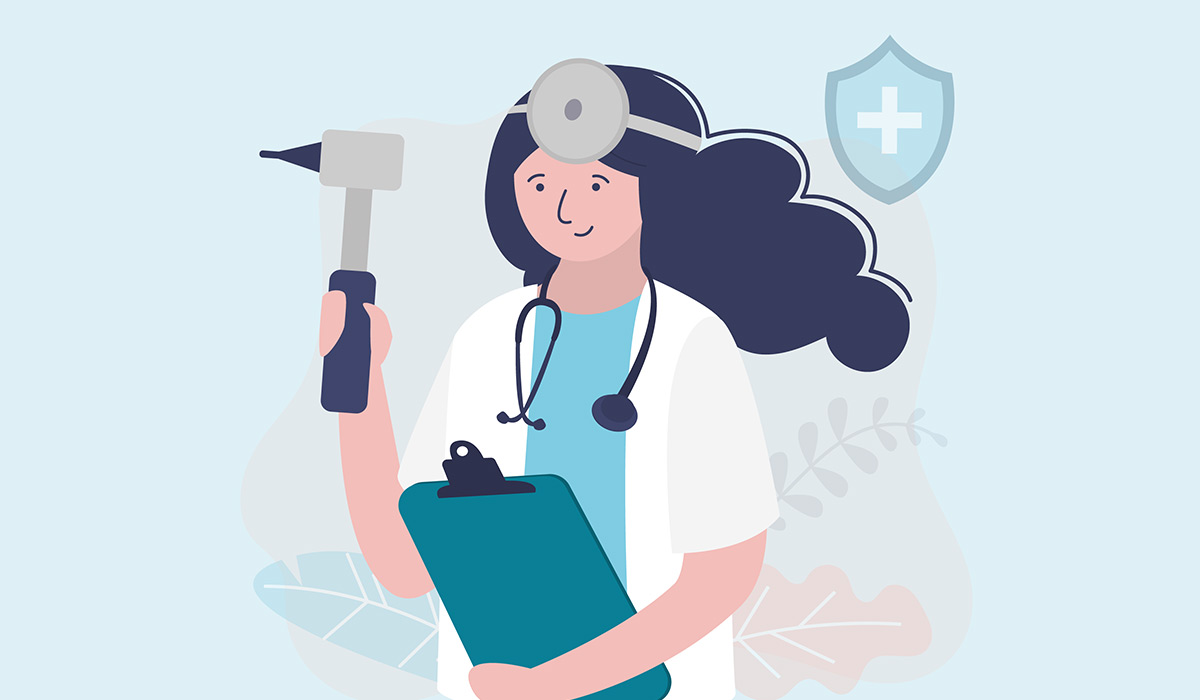Pulmonologists perform specialized tests like pulmonary function tests and bronchoscopy to assess lung function. They also develop treatment plans involving medications, respiratory therapy, or procedures to improve breathing. Pulmonologists work closely with other healthcare providers to offer comprehensive care for patients with respiratory disorders.
Diseases
Among the diseases that a pulmonologist diagnoses and treats are, among others:
- Bronchial asthma
- Chronic obstructive pulmonary disease (COPD)
- Pneumonia (hospital and community-acquired)
- Influenza pneumonia
- Interstitial pneumonia
- Covid pneumonia
- Pneumococcal pneumonia
- Cryptogenic organizing pneumonia
- Idiopathic pulmonary fibrosis
- Bronchitis
- Bronchiolitis
- Pleurisy
- Sarcoidosis
- Pneumothorax
- Sleep disorders
- Central sleep apnea
- Obstructive sleep apnea
- Hypoventilation and hypoxemia syndromes
- Lung cancer
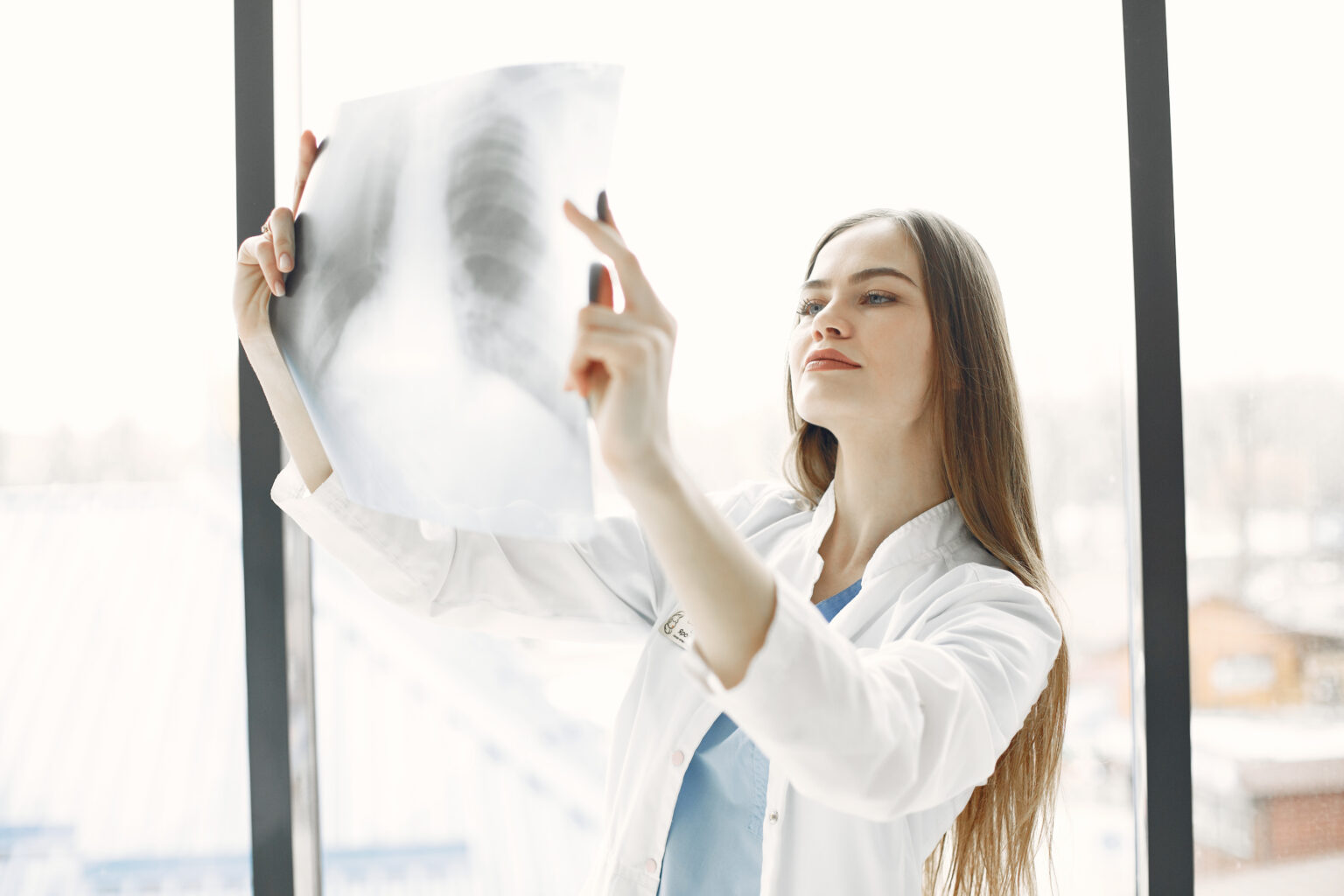
When To See A Pulmonologist?
Respiratory symptoms may indicate minor infections or serious conditions necessitating prompt medical attention. If persistent symptoms such as cough, hoarseness, or sleep-disordered breathing manifest, it is advisable to initially seek consultation with a primary care physician (e.g., family doctor, internist, or pediatrician). The primary care physician will conduct preliminary assessments and, if required, make necessary referrals to a pulmonologist or otolaryngologist or initiate appropriate treatment.
Symptoms of pulmonary diseases may include:
- Cough
- Difficulty breathing, shortness of breath
- Wheezing
- Breathing disorders during sleep (hypoxemia and hypoventilation)
- Breathing disorders
- Rapid or slow breathing
- Deepening or shallowing of breathing
- Apnea
- Breathing interrupted by deep breaths (so-called sighing)
- Clubbed fingers
- Hoarseness
- Hemoptysis
- Chest pain
The Visit
Upon visiting a pulmonologist, no specific preparation is required. However, it is advisable to bring along current laboratory test results and any chest imaging tests, if available, as these may aid in diagnostic procedures.
A consultation with a pulmonologist commences with a comprehensive medical interview, encompassing inquiries about the following:
- Present and recurring symptoms, including their frequency and contextual triggers (e.g., occurrence during specific activities or while at rest)
- Medical history (past and present)
- History of surgeries
- Current medications
- Occupational history
- Substance use, particularly tobacco consumption
- Family history of lung diseases (as some conditions may have a hereditary component)
The lung disease specialist may also ask us about our lifestyle and living conditions, as various environmental factors often affect the functioning of the respiratory system.
Preparation
Like visiting doctors of other specialties, e.g., an endocrinologist and pediatrician, we can expect a medical interview from a pulmonologist. The information provided is an important clue when diagnosing and ordering further tests. The specialist will also perform an auscultation test using a stethoscope.
For the visit to be as effective as possible and to allow you to answer your questions and start the proper treatment, in other words, to be able to help you as best they can, it is essential to prepare for it properly.

Inhaled Medications Used
The cause of ineffective treatment of asthma or COPD is often the incorrect technique of using inhaled medications. Even the best and most expensive medication will not work if it does not reach the lungs. During the visit, they pay great attention to assessing the inhalation technique (at this point, the inhalers used by the patient are needed) and correct it if necessary. They use various training inhalers and measure the patient’s inspiratory flow to select the best inhaler for the patient.
Radiological Documentation
In the case of reporting for a visit with an abnormal result of an X-ray or computed tomography (CT) of the chest, a comparison with previous tests, even from many years ago, if they are available, is crucial. The doctor must have access to the examination image (usually on a CD) and not just the description. It often allows to avoid unnecessary examinations or suggests the need for urgent diagnostics.
When shortness of breath or cough is reported, a basic chest X-ray is always worth performing because the information contained therein may help make a diagnosis.
Laboratory Test Results
Similar to radiological tests, it is advisable to have results from different periods for comparative analysis.
Without such data, specialists recommend conducting at least a morphology with a smear, CRP, ESR, TSH, creatinine, and ionogram (sodium, potassium, and calcium) as it may yield critical insights.
Spirometry Test Results
Cardiology documentation (especially echocardiography), gastroscopy results, and, if available, hospital discharge papers.
List Of Current Medications
Sometimes, patients’ complaints are related to medications they are taking, so it is a good idea to check this by reviewing the list of medications.
Think About Your Symptoms
Before your visit, think about what symptoms you have experienced or are experiencing recently. Write them down and describe them in detail.
Bring Your Test Results
If you have had previous tests, you should bring them. They can help your doctor make a diagnosis and choose the proper treatment.
Prepare For A Physical Examination
The pulmonologist may perform a physical examination. Therefore, it is worth being prepared to remove your upper body clothes.
Prepare A List Of Questions For The Pulmonologist
Before your visit, think about what you want to ask the pulmonologist. A list of questions can help you remember significant issues and facilitate communication with your doctor.
Do Not Smoke Before Visiting A Pulmonology Clinic
Try not to smoke traditional and electronic cigarettes before visiting a pulmonologist so as not to affect the results of lung function tests. It is also worth refraining from drinking caffeine and doing intense exercise.
Physical Examination
Then the pulmonologist will conduct a physical examination and, if necessary, order additional tests (some of them can be performed immediately in the doctor’s office). Physical examination by a pulmonologist includes:
- Visual assessment of the chest – its symmetry and the way it moves during breathing
- Auscultation of the chest with a stethoscope
- Percussion of the chest
- Assessment of vocal tremors

Diagnostic Tests
Diagnostic tests that help diagnose respiratory diseases include:
- Spirometry – a test that assesses lung volume and airflow them during inhalation and exhalation
- Cardiopulmonary stress test and other functional tests
- Chest X-ray
- Abdominal ultrasound
- Magnetic resonance imaging
- Computed tomography
- Pulse oximetry
- Capnograph examination
- Bronchoscopy – endoscopic examination of the respiratory tract with the possibility of performing a biopsy
- Polysomnography or polygraphy – tests performed during sleep
- Provocative inhalation tests
- Skin tests
- Laboratory blood and urine tests – including inflammatory markers, tumor markers, leukocytosis, blood gases, determination of the level of antibodies directed against pathogens that can cause pneumonia and other respiratory diseases
- Histopathological examination of samples taken during bronchoscopy
Diagnostics of respiratory diseases include a detailed medical interview, physical examination, and numerous additional tests, including imaging, laboratory, and respiratory function tests.
Treatment
After making a diagnosis, appropriate treatment is necessary. In the case of lung diseases, it most often includes pharmacotherapy and lifestyle changes. The drugs taken are intended not only to alleviate the symptoms of the disease but also to eliminate its causes. Depending on the diagnosed disease, these may include:
- Antibiotics
- Bronchodilators
- Anti-inflammatory drugs
- Antiallergic drugs
In a patient with chronic respiratory failure, the doctor may prescribe home oxygen therapy, which significantly improves the quality of life. Unfortunately, it is associated with the need to take certain precautions (including avoiding sources of fire) and strictly follow the doctor’s recommendations.
If necessary, the pulmonologist may qualify the patient for hospital treatment, including decompression procedures (this is how pneumothorax is treated, among other things) and surgical procedures (allowing, among other things, the removal of foreign bodies or neoplastic changes from the respiratory tract). Additionally, sanatorium stays can be beneficial for lung diseases, and their pulmonologist or family doctor may refer patients.
What Is Pulmonary Rehabilitation?
Pulmonary rehabilitation constitutes a multifaceted, interdisciplinary endeavor that, in conjunction with an individualized care plan, ameliorates pathological conditions and enhances physical fitness, mental well-being, functional capacity, social standing, and overall quality of life in individuals afflicted by respiratory impairments.
Notably, pulmonary rehabilitation programs primarily cater to patients with chronic pulmonary conditions such as chronic obstructive pulmonary disease (COPD), cystic fibrosis, bronchiectasis, bronchial asthma, interstitial lung diseases (e.g., pneumoconiosis, fibrosis, sarcoidosis), and lung cancer.
Furthermore, the application of rehabilitation protocols extends to encompass post-thoracic and upper abdominal surgeries impacting respiratory function, including but not limited to lung cancer surgery, lung volume reduction, lung transplantation, and upper abdominal procedures. Moreover, pulmonary rehabilitation modalities are instrumental in managing and rehabilitating patients with respiratory comorbidities, including obesity, chest wall anomalies, and neuromuscular disorders.
The confluence of pulmonary and cardiac rehabilitation programs is imperative for patients with concurrent respiratory and circulatory system pathologies.
Key objectives of pulmonary rehabilitation, germane to the majority of participants in rehabilitation initiatives, encompass the attenuation of disease symptoms, enhancement of cardiorespiratory-dependent physical aptitude, augmentation of musculoskeletal vigor and resilience, promotion of overall mobility and adeptness in daily engagements, mitigation of adverse affective states, fortification of self-assurance, enhancement of self-worth and overall wellness, cultivation of a realistic self-assessment, fostering self-regulation of symptoms and disease progression, facilitation of adherence to prescribed treatments, advancement of a health-conscious lifestyle characterized by suitable physical activity and tobacco abstinence, and limitation of other risk factors for respiratory and circulatory ailments.
Further aims include preserving social and professional engagement, reducing medical consultations and hospitalizations, mitigating exacerbation frequency, decelerating disease advancement, and extending survival duration.
Detailed goals depend on the individual needs of the patient, resulting from the type and course of the disease (diseases), psychosocial situation, and personal preferences. These may include:
- Teaching independent use of bronchial tree toilet methods; teaching how to undertake a physical effort in conditions of severe respiratory failure and the use of chronic oxygen therapy
- Reducing disorders related to comorbidities (e.g., diabetes, circulatory system diseases, diseases of the nervous system and muscles)
- Counteracting the adverse effects of chronic corticosteroid treatment
- Achieving positive changes in body composition – normalization of body weight and increase in lean body mass
- Reducing stress caused by exacerbations of the disease
- Involving families in patient care
- Organizing cooperation and mutual support in groups of patients with similar health problems (e.g., clubs of patients with COPD, asthma
Sources
- Division of Lung Diseases. NIH.
https://www.nhlbi.nih.gov/about/divisions/division-lung-diseases - Respiratory medicine. NHS.
https://www.healthcareers.nhs.uk/explore-roles/doctors/roles-doctors/medicine/respiratory-medicine - Respiratory diseases: symptoms and signs. Science Direct.
https://www.sciencedirect.com/science/article/abs/pii/S1357303906006050 - How do I prepare for a visit to the doctor?. NIH.
https://www.nhlbi.nih.gov/sites/default/files/publications/COPD-CaregiversToolkit-Visiting-the-Doctor.pdf - Pulmonary Function Tests. NIH.
https://www.nhlbi.nih.gov/science/pulmonary-function-lab/tests - Lung Disease Treatments. NIH.
https://www.nhlbi.nih.gov/health/lung-treatments - Pulmonary rehabilitation. NHS.
https://www.england.nhs.uk/ourwork/clinical-policy/respiratory-disease/pulmonary-rehabilitation/
- Pulmonologist: Who Is, The Visit, and Treatment
- Who Is A Pulmonologist?
- The Visit
- Preparation
- Inhaled Medications Used
- Radiological Documentation
- Laboratory Test Results
- Spirometry Test Results
- List Of Current Medications
- Think About Your Symptoms
- Bring Your Test Results
- Prepare For A Physical Examination
- Prepare A List Of Questions For The Pulmonologist
- Do Not Smoke Before Visiting A Pulmonology Clinic
- Physical Examination
- Diagnostic Tests
- Preparation
- Treatment

